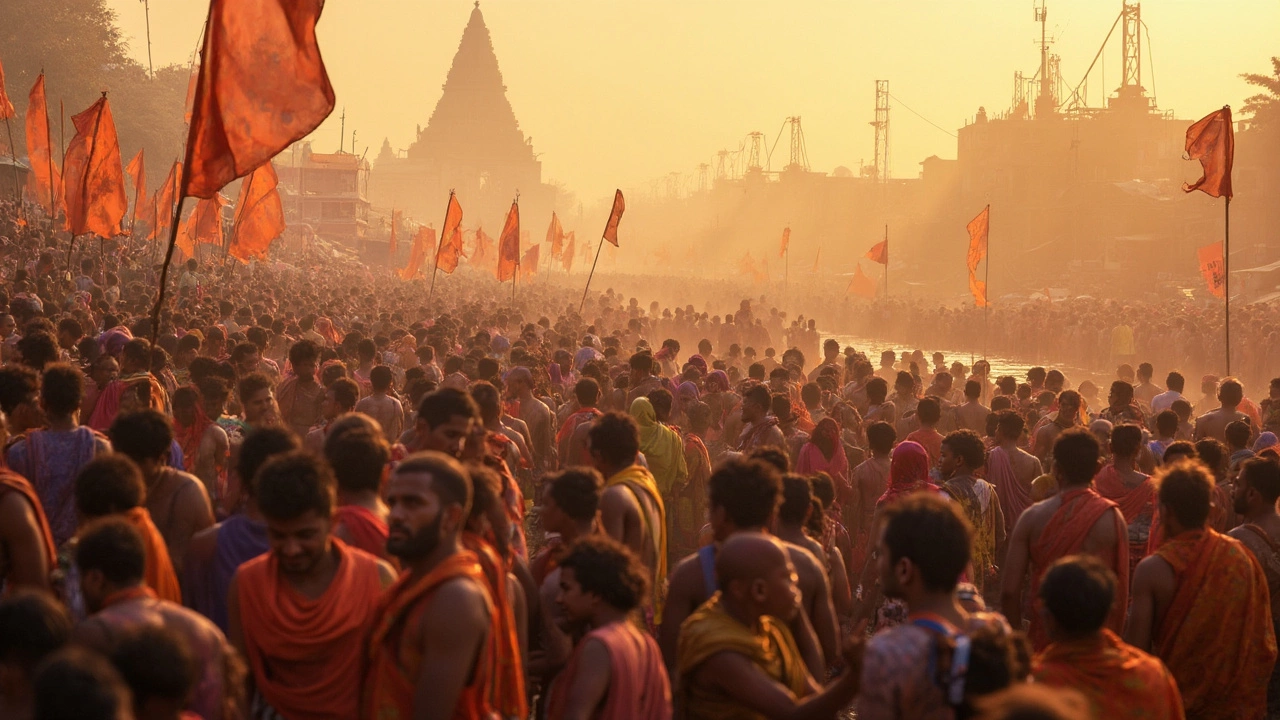SEARCH
Hindu Celebrations: What, When, and How to Join In
India buzzes with color whenever a Hindu festival rolls around. From Diwali’s lights to Holi’s colors, each event has its own story and set of customs. Knowing the basics helps you enjoy the celebrations without feeling lost.
First off, the Hindu calendar follows lunar months, so dates shift each year. Most travel sites list the Gregorian dates, but it’s worth checking a reliable Hindu calendar before you book flights. That way you won’t miss a festival you wanted to see.
Top Five Hindu Festivals to Experience
Diwali – The Festival of Lights usually lands in October or November. Homes are lit with oil lamps, fireworks fill the sky, and sweets are shared. If you’re in Delhi or Jaipur, expect bustling markets and night‑time processions.
Holi – Known as the Festival of Colors, it falls in March. People throw powdered colors, sing, and dance in the streets. Visiting Mathura or Vrindavan gives you a front‑row seat to the most energetic celebrations.
Navratri/Durga Puja – A nine‑night dance marathon in September‑October. Gujarat’s Garba dances and West Bengal’s Durga idols draw huge crowds. Dress modestly, respect the rituals, and you’ll be welcomed.Ganesh Chaturthi – Celebrated in August‑September, especially in Maharashtra. Large clay statues of Ganesha are installed, worshipped, and later taken to rivers. Watching the immersion (Visarjan) is a powerful sight.
Mahashivaratri – Held in February‑March, devotees fast and stay up all night chanting Shiva’s name. Visiting Varanasi’s banks of the Ganges gives you a feeling of deep spirituality.
Practical Tips for Festival Travelers
Book accommodation early. Hotels fill up fast, and prices jump as the festival nears. Look for places a few kilometres away from the main crowd; you’ll still see the action but avoid the crush.
Plan your transport. Public trains and buses are packed, so consider a private car or an early morning train. Keep a copy of your ticket and a small amount of cash handy, as digital payments may be spotty in remote areas.
Dress appropriately. Many festivals involve standing for long periods or walking through crowds. Wear comfortable shoes, light clothing, and carry a scarf or shawl for modesty in temples.
Watch the food. Street stalls serve delicious treats, but pick vendors with clean cooking areas. If you have a sensitive stomach, carry a few snacks you know are safe.
Respect local customs. When entering a temple, remove shoes, cover your head if required, and avoid taking photos during rituals without permission. A simple "Namaste" goes a long way.
Finally, embrace the chaos. Festivals are noisy, crowded, and sometimes unpredictable, but that’s part of the charm. Keep an open mind, smile at strangers, and you’ll leave with memories you’ll cherish forever.

Best Religious Festival in the World: Experience India's Temple Magic
This article cuts through the noise and looks at what makes one religious festival stand out from the rest, especially if you’re planning a temple tour in India. From the wild energy of Kumbh Mela to the fireworks of Diwali, get ready for some fascinating facts, helpful tips, and stories that’ll make you want to book a ticket. If you’ve ever wondered which festival will give you the wildest sights and the deepest cultural vibes, you’re in the right place. Find out what sets these celebrations apart and how you can get the best out of visiting them. It’s not just about the festivals—it’s about living them.
Continue reading